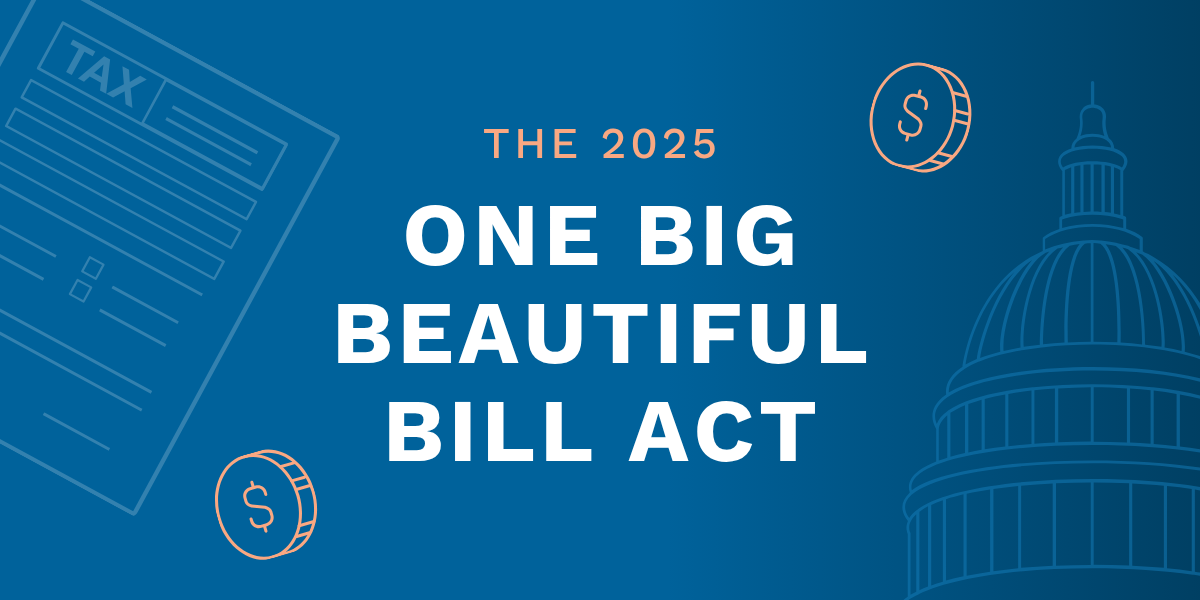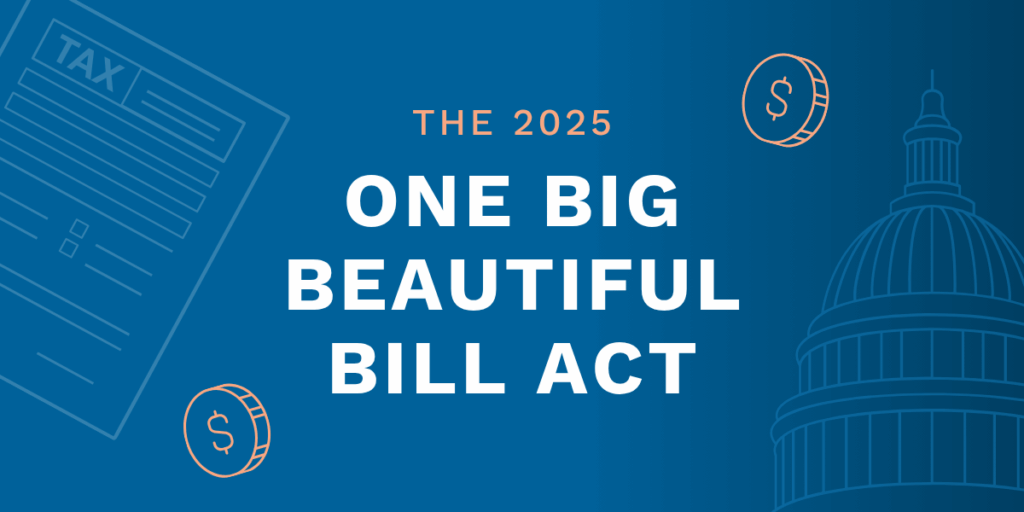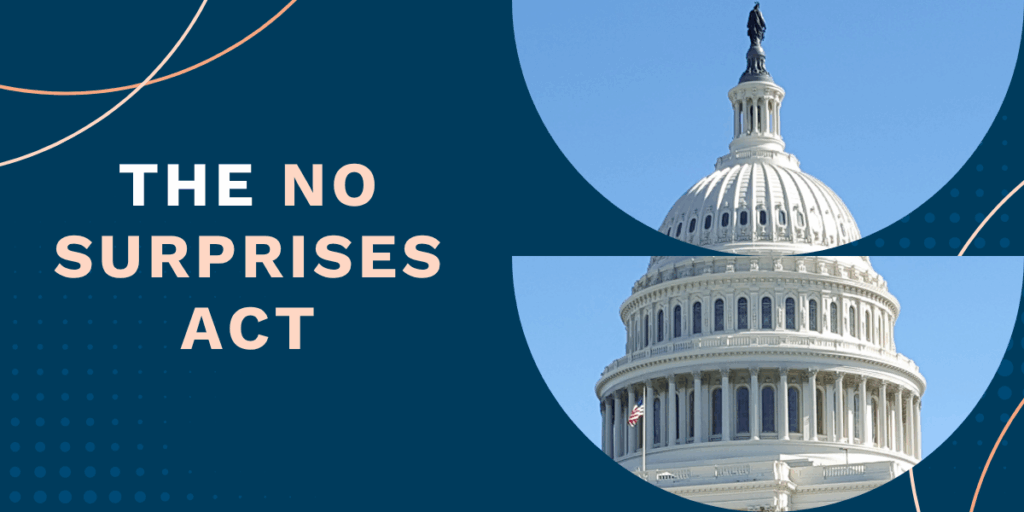The One Big Beautiful Bill Act represents one of the most comprehensive overhauls of U.S. healthcare in recent history.
The One Big Beautiful Bill Act (H.R. 1) is one of the most sweeping healthcare policy overhauls in recent years, affecting nearly every corner of the industry.
Whether you are a healthcare provider, medical biller, or insurance professional, this legislation will reshape how you manage reimbursement, eligibility, and patient coverage. If your organization touches Medicaid, Medicare, or ACA plans, the upcoming changes will affect your workflows, revenue cycle, and patients. Here’s what you need to know and why preparing now matters.
Understanding the Medicaid Provisions in the One Big Beautiful Bill Act
Sections 71101-71121 introduce comprehensive changes aimed at tightening eligibility, reversing financing flexibility, and reducing federal costs within Medicaid. Key provisions include moratoria on the implementation of previously finalized rules meant to streamline enrollment and retention, as well as enhanced data-matching and verification requirements to reduce enrollment duplication and erroneous payments. These changes will increase administrative workload for states and providers, as states must implement cross-state enrollment checks and death-file matches by 2027 and phase in eligibility redeterminations for expansion enrollees every six months beginning January 1, 2027.
On the provider financing side, the Act places limits on provider taxes and state-directed payments, and prohibits new or renewing Section 1115 demonstration waivers unless certified as budget-neutral. Together, these provisions signal a shift toward tighter state Medicaid financing and less flexibility for supplemental payment programs. For healthcare providers, this means potential reductions in reimbursement, greater compliance burden, and more frequent eligibility verification at the point of service.
Key Medicare Updates Under Sections 71201–71203
Medicare updates under this Act are narrower but still meaningful. Section 71201 restricts eligibility for non-citizens to a limited set of categories, while Section 71202 temporarily increases payments under the Physician Fee Schedule to offset short-term inflation and cost pressures.
Additionally, Section 71203 refines the Medicare Drug Price Negotiation Program, adjusting how orphan drugs are excluded and evaluated. Excluding orphan drugs from the program is estimated to cost Medicare $8.8 billion over the next decade, although the hope is that fewer regulations on prices will spur more innovation in orphan drugs.
For providers, these shifts mean tighter eligibility checks for specific patient groups and new attention to drug reimbursement categories. Practices should evaluate how these eligibility restrictions might affect patient volumes and ensure billing systems flag potential coverage issues before claims go out.
Breaking Down the ACA Premium Tax Credit Reforms
The One Big Beautiful Bill Act also reshapes ACA premium tax credits. The OBBBA tightens eligibility for premium tax credits by linking subsidy access more directly to immigration status and eliminating previously broader coverage pathways. It also imposes stricter verification and annual documentation requirements for subsidies. The combined effect is that fewer individuals will qualify for subsidies, and many who do will face more frequent checks and a potentially higher risk of losing eligibility.
Just as important as what the OBBBA does is what it does not do. The Act does not extend the temporary subsidy enhancements that were part of prior legislation, meaning that average household out-of-pocket premiums are projected to rise sharply. According to the Kaiser Family Foundation, the reduction in premium tax credit support and greater documentation burden could lead to tens of thousands of marketplace consumers becoming uninsured or shifting to higher-cost plans.
A Chain Reaction: The One Big Beautiful Bill Act’s Impact on Every Part of Healthcare
The One Big Beautiful Bill Act does not exist in a silo. Its changes to Medicaid, Medicare, and ACA coverage will ripple across the entire healthcare ecosystem. Providers, payers, and billers will need to rethink their coordination strategies, and patients and caregivers will feel the effects directly.
For providers and billers
Healthcare providers may see a temporary increase in profit as they treat patients. Section 71202 provides a one-year, 2.5% increase to the Medicare Physician Fee Schedule conversion factor for services provided between January 1, 2026, and January 1, 2027. This could be a positive factor for beneficiaries concerned about access to care.
However, for billers, administrative workloads will likely grow as eligibility verification, address checks, and redeterminations become more frequent. Revenue cycle management (RCM) tools that automate eligibility checks and flag potential denials early will be critical. RXNT’s guide to improving RCM performance outlines how automation and analytics can help reduce AR delays and claim rejections.
For insurers and plan administrators
Marketplace systems will need to verify data more rigorously before issuing subsidies or coverage approvals. Collaboration with providers will be key to ensuring eligibility data flows correctly and that claims are processed on time.
For patients and caregivers
These new policies could cause interruptions in care. The Johns Hopkins Bloomberg School of Public Health wrote that the stricter requirements for working can vary by state interpretation. This puts more pressure on providers to help patients navigate coverage and to communicate clearly about eligibility timelines and documentation requirements.
Additionally, patients who are not citizens may lose coverage, even if they are legally in the United States. Refugees, people granted asylum, people with temporary protected status, and permanent residents will lose coverage.
Practical Steps for Providers Navigating Policy Change
These sweeping changes can feel daunting, but proactive preparation can make all the difference. Here’s how to position your organization for success.
1. Strengthen eligibility verification at registration
Verify coverage at every patient visit and document updates in real time. Make sure your system reflects new Medicaid and Marketplace verification rules so claims do not get denied later.
2. Update claim edits and denial prevention workflows
Configure billing software to account for new eligibility, subsidy, and documentation requirements. Use reporting tools to identify trends in denials early and correct them at the source.
3. Coordinate with payers on documentation
Open communication channels with insurance partners to align on documentation standards. Rapidly resolving verification issues will help reduce delays and maintain reimbursement timelines.
4. Train staff on patient communications
Front-office and billing teams should be prepared to explain these changes to patients, including how subsidy eligibility and Medicaid reverification affect their coverage. Clear, compassionate communication helps avoid confusion and builds trust.
5. Review payer contracts and payment structures
Understand how the Act’s new caps and payment rules may affect reimbursements. Engage payers early to discuss any rate or compliance adjustments before implementation deadlines.
Supporting Patients While Staying Ahead of Policy Change
The One Big Beautiful Bill Act represents one of the most comprehensive overhauls of U.S. healthcare in recent history. The key to navigating these shifts is preparation, building smarter automated processes that reduce manual work and improve transparency at every step of the revenue cycle.
RXNT’s integrated software helps healthcare organizations do exactly that. From eligibility verification to claims tracking and advanced reporting, RXNT gives your team the tools to stay compliant, efficient, and financially healthy through any policy change.
To see how our platform can help you prepare for the One Big Beautiful Bill Act and beyond, book a personalized demo with RXNT today.





